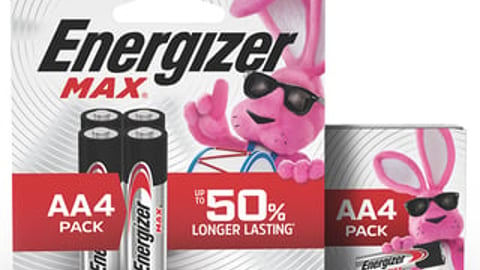Kellanova Paves Way to Less Plastic: A Glimpse Into Innovative Packaging
Kellanova is making steady progress on its plastic reduction, recently launching innovative packaging solutions for its popular snack brands like Cheez-It, Snap’d, and Club Crisps.
The company’s new packaging slashes weight, cutting down on the amount of plastic that it said is equivalent to the weight of 140,000 NFL footballs.
- The total weight of these three foods has been reduced by 672,000 pounds. This includes reducing 124,000 pounds of plastic and reducing 548,000 pounds of corrugated cardboard used for shipping cases, on an annual basis.
The efforts align with Kellanova Better Days Promise, which looks to create 100% reusable, recyclable, or compostable packaging by 2030. To do so, the company will be reducing packaging across its portfolio, removing certain plastic items and packaging materials, redesigning packaging to be recyclable or compostable, and increasing recycling.
Shannon Moore, director of sustainable packaging at Kellanova, recently shared more details in a company blog post about these efforts and what the company is doing to achieve its goals. Other recent initiatives include the launch of a recyclable Pringles can in Europe, she said, and becoming a signatory of the Ellen MacArthur New Plastics Economy commitment — a cross-industry effort to change how companies use plastic packaging.
“In terms of packaging, we use a circular economy approach to minimize our overall impact from a material and carbon footprint standpoint,” said Moore, who added that the effort hasn’t been without its challenges.
Packaging needs to remain consumer-centric, she said, and it needs to “deliver the same existing attributes but with added sustainability benefits.” With recycling procedures being so different across the country, it’s something Kellanova also has to keep in mind when manufacturing its products.
“We need to ensure that our packaging is designed to be compatible with recycling infrastructure across the globe and ultimately divert packaging material from landfill,” said Moore.
More like this: Beam Suntory Gives Laphroaig Bottle a Greener Glow-Up
Then there’s the educational component — ensuring that consumers are up to speed on how to properly dispose of their packaging.
“For that reason, we proudly include How 2 Recycle labels on our packaging,” which she said provides instructions on whether or not packaging can be recycled and what the steps are if it can.
“Labeling is just one approach in helping to reduce contamination in recycling and having more of our peers in the industry using these labels will increase the educational reach on how to recycle packaging,” said Moore. “But even with labeling in place, we continue to evaluate ways to support and evolve consumer education on recycling, not only for our packaging but around recycling in general.”
Why Change Is Needed
Bain & Company reports that today, 45% of the world’s emissions come from making products and consuming them. The top 10 plastic polluter companies in the world? They’re in the consumer products industry.
They shared that packaging changes can deliver up to a 30% reduction in scope 3 emissions.
The Consumer Brands Association reported which consumer goods companies are taking a proactive approach to sustainable packaging. Among them are well-known CPGs such as Nestle, P&G, Kraft Heinz, and Pepsico.
The Kraft Heinz Company's Linda Roman on Collaborative Approaches to Sustainability
Learn how Kraft Heinz is tapping technology and collaborating across the value chain in the pursuit of sustainable packaging goals.









